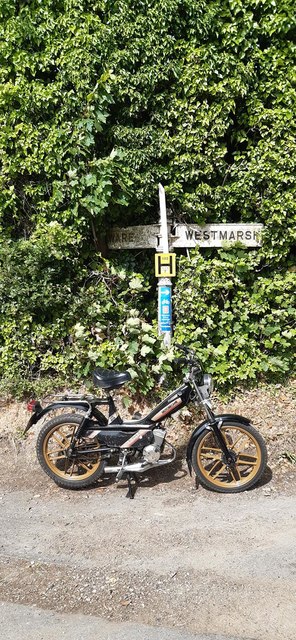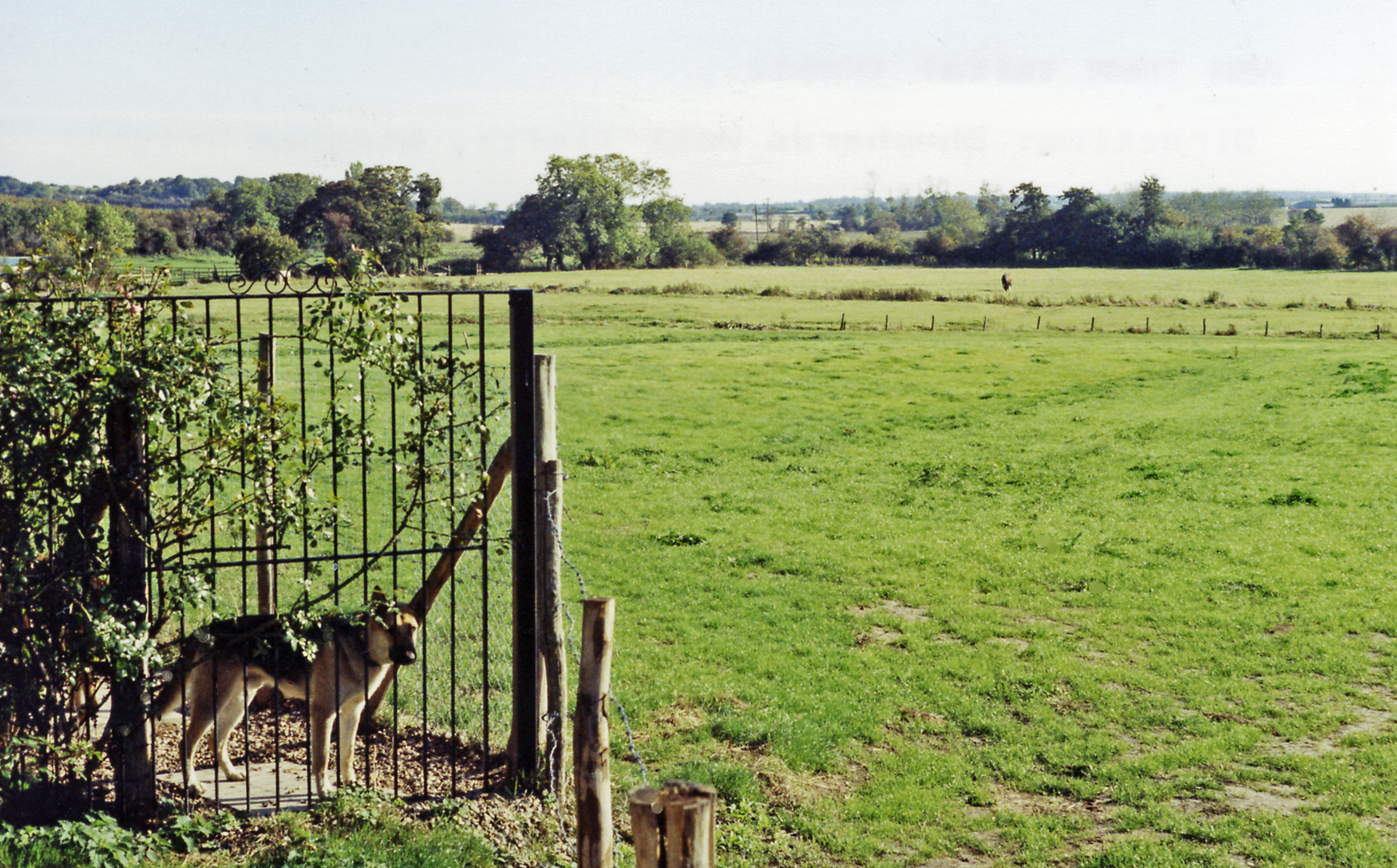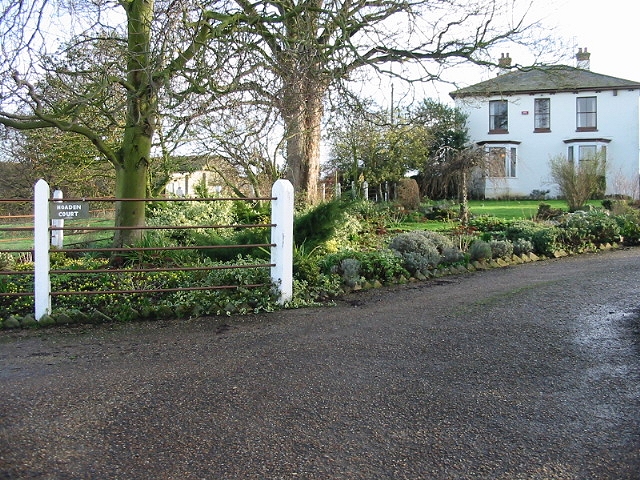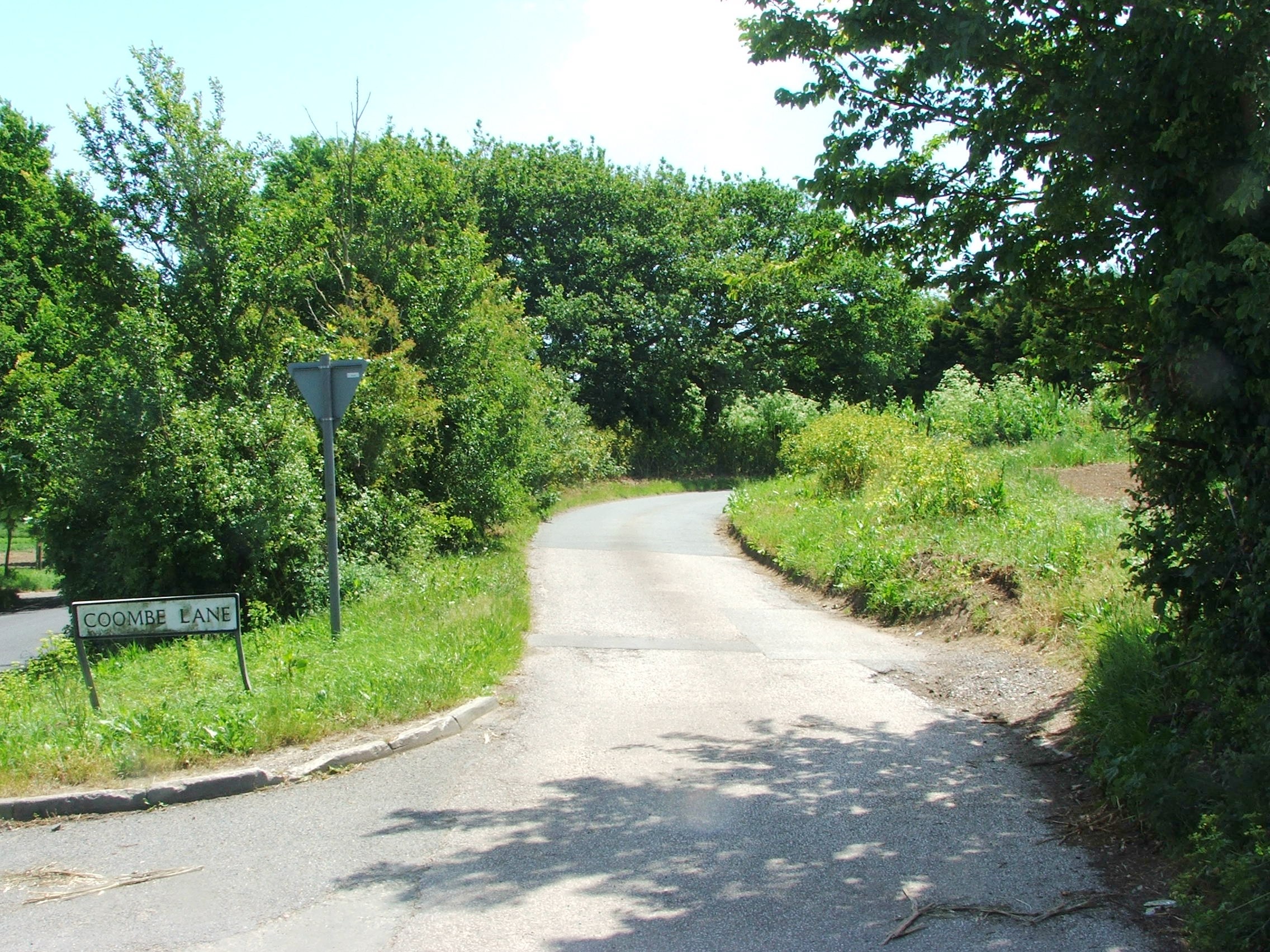Upper Goldstone
Settlement in Kent Dover
England
Upper Goldstone
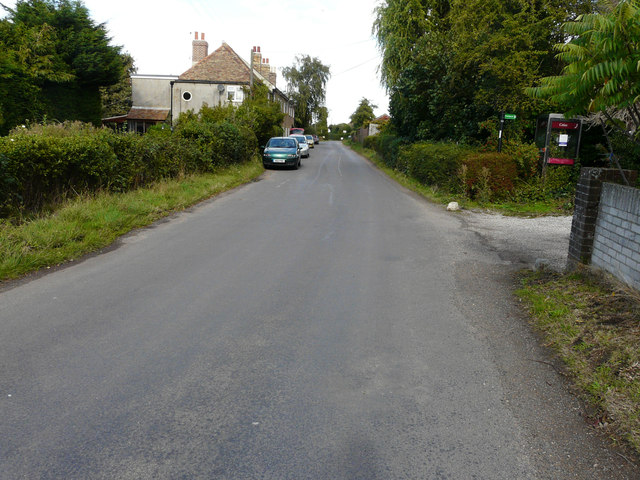
Upper Goldstone is a small village located in the county of Kent, in southeastern England. Nestled amidst the picturesque countryside, this rural settlement lies approximately 8 miles south of the historic city of Canterbury. With a population of around 300 residents, Upper Goldstone offers a tranquil and close-knit community atmosphere.
The village is known for its charming architecture, with a mixture of traditional cottages and more modern houses lining its streets. The surrounding landscape is dominated by rolling hills and lush green fields, providing a scenic backdrop for residents and visitors alike. The area is also home to several farms and agricultural land, highlighting the village's strong connection to the farming industry.
Upper Goldstone benefits from a range of amenities and services to cater to the needs of its residents. The village boasts a local pub, providing a cozy gathering place for locals to socialize. Additionally, there is a primary school, ensuring that families with young children have access to quality education within the village.
Despite its tranquil setting, Upper Goldstone is conveniently situated near major transport links. The A2 road runs to the north of the village, connecting it to Canterbury and the wider road network. This allows for easy access to nearby towns and cities, making Upper Goldstone an ideal place for those seeking a rural lifestyle with convenient connections to urban areas.
Overall, Upper Goldstone offers a peaceful and idyllic countryside retreat, with its picturesque surroundings, strong community spirit, and convenient location making it an attractive place to live.
If you have any feedback on the listing, please let us know in the comments section below.
Upper Goldstone Images
Images are sourced within 2km of 51.295566/1.287697 or Grid Reference TR2960. Thanks to Geograph Open Source API. All images are credited.







Upper Goldstone is located at Grid Ref: TR2960 (Lat: 51.295566, Lng: 1.287697)
Administrative County: Kent
District: Dover
Police Authority: Kent
What 3 Words
///outlooks.charm.glove. Near Ash, Kent
Nearby Locations
Related Wikis
Ware, Kent
Ware is a village situated between Canterbury and Ramsgate in Kent, England. The population of the village is included in the civil parish of Ash ��2...
Westmarsh
Westmarsh is a village in the Ash civil parish of East Kent, England. It is situated 8 miles (13 km) east of Canterbury and 7 miles (11 km) west of Ramsgate...
Ash, Dover District
Ash is a village and civil parish in the Dover district of east Kent about three miles west of Sandwich. The civil parish has a population of 2,767, increasing...
Richborough
Richborough () is a settlement north of Sandwich on the east coast of the county of Kent, England. Richborough lies close to the Isle of Thanet. The population...
Ash Town railway station
Ash Town railway station was a railway station on the East Kent Light Railway. The station served the village of Ash. == History == Opened by the East...
Hoaden
Hoaden is a hamlet situated one mile (1.6 km) to the east of Elmstone, Kent, England. Within the hamlet is Hoaden Court. == External links == Media related...
Coombe, Kent
Coombe is a settlement in the English county of Kent. It lies between Ash-next-Sandwich and Woodnesborough. According to Edward Hasted in 1800, it was...
Sandwich Road railway station
Sandwich Road railway station was a railway station on the East Kent Light Railway. It opened in May 1925 and closed to passenger traffic on 1 November...
Nearby Amenities
Located within 500m of 51.295566,1.287697Have you been to Upper Goldstone?
Leave your review of Upper Goldstone below (or comments, questions and feedback).
